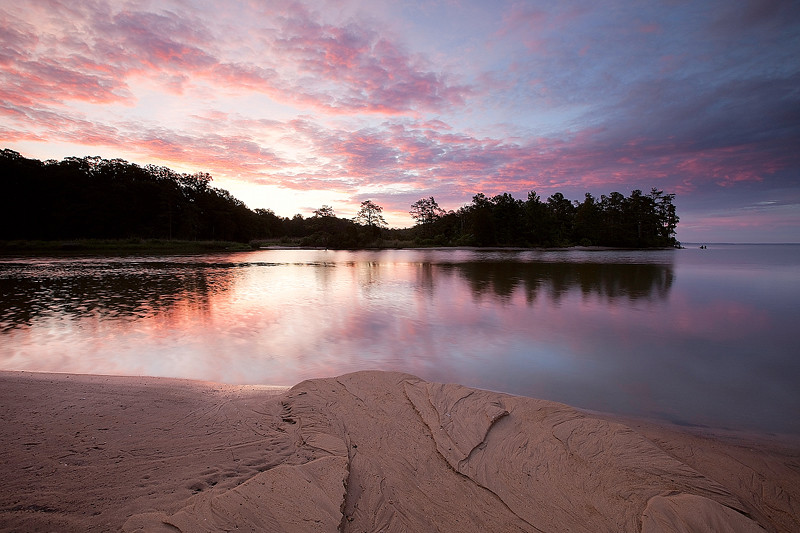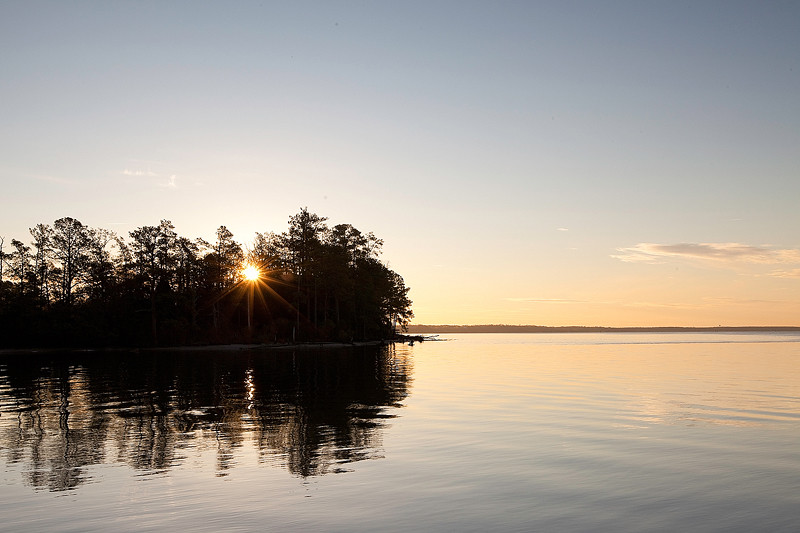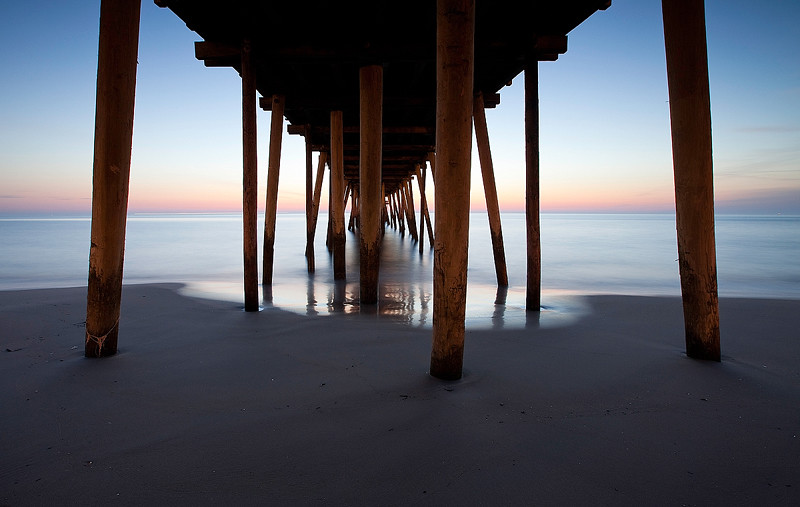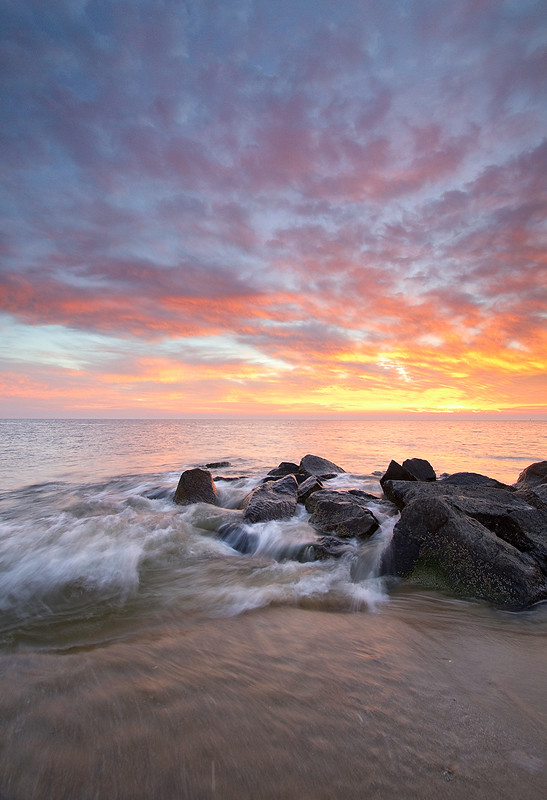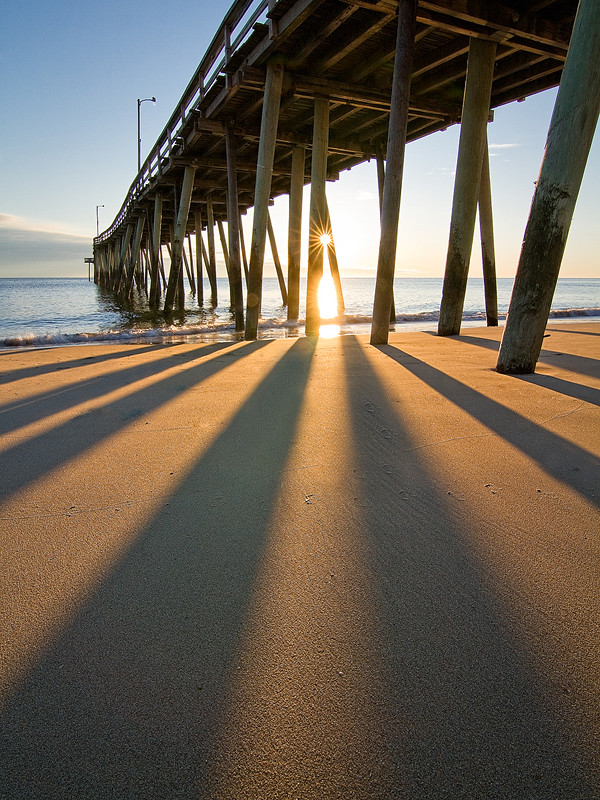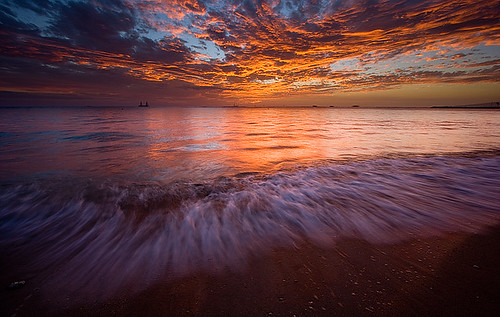This is to recap what we did in class and provide a visual before and after.
We started out by double processing the same RAW image. Once to bring out the warmth of the sun rays casting through the mountains and the second to get the sky and water to be a vibrant blue. We did this by changing the color temperature in Adobe Camera Raw. We also increased the saturation and luminance in the HSL/Grayscale tab in Adobe Camera Raw. By bringing the luminance down in the blue channel, we were able to get the richness back in the sky.
Once both versions were open in Photoshop, we copied the cooler version on top of the warmer version as a second layer, added a white layer mask, and painted with a soft black paint brush over the mountain portion of the image to bring out the warmth. We now have the best of both worlds. Warm rays and mountains and cool sky and water. Flatten image.
We took the image in the LAB color mode and did a curves adjustment on the lightness channel to add some more punch. We also did a curves adjustment on the a and b channels to saturate the colors. These adjustments and every other adjustment was done on a duplicated layer.
We then chose the lightness channel in the Channels palette and made an adjustment to the Highlights/Shadows. This brought some detail back into the dark areas of the mountains.
Our final step in LAB mode was to add more punch by creating a duplicate layer and changing the blend mode to soft light and reducing the opacity to 20%. Flatten image.
We changed our color mode back to RGB. Created a duplicate layer. Filter-Other-High Pass - 12 pixels. Changed the blend mode to soft light.
Used Unsharp Mask to sharpen for print.
Below are the before and after images:
Before: After:
After:
Please feel free to post questions.
Thanks for attending the class. I hope you got something out of it.
